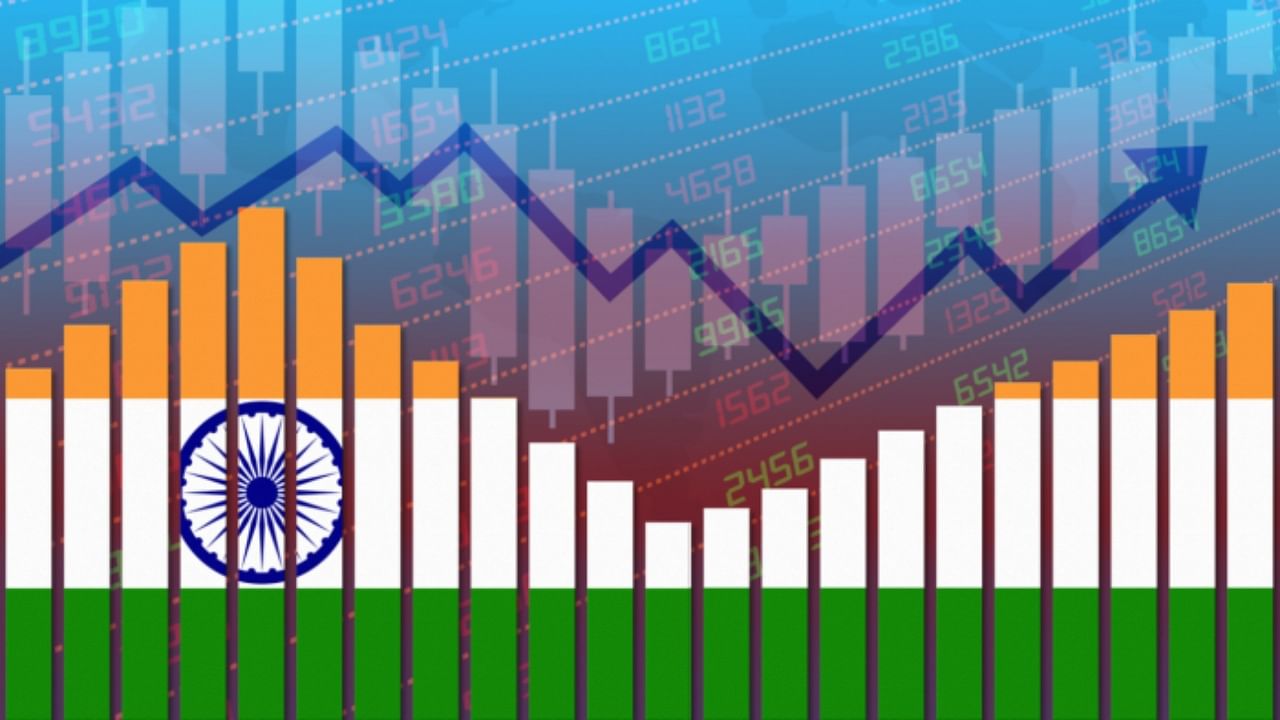
Moody’s Investors Service on Wednesday raised India’s economic growth projection for the calendar year 2023 to 5.5% from its earlier estimate of 4.8%, citing a sharp jump in capital expenditure announced in the union budget 2023-24.
However, for the year 2022, the global rating agency has revised India’s GDP growth projection down to 6.8% from its earlier estimate of 7% announced in November.
Read | India hosting G20 foreign ministers amid increasing rift between Russia and West on Ukraine conflict
In its February update to Global Macro Outlook 2023-24, Moody’s revised upward economic growth projects for several G20 countries including US, Canada, Russia, Mexico and Euro zone apart from India. “In India’s case, the upward revisions also take into account the sharp increase in capital expenditure budget allocation to Rs 10 trillion (3.3% of GDP) for fiscal year 2023-24, up from Rs 7.5 trillion for the fiscal year ending in March 2023,” Moody’s said.
For the calendar year 2024, Moody’s has pegged India’s economic growth projection at 6.5%.
Noting the reasons for the upward revision in growth projections, Moody’s said economic momentum in a number of large emerging market countries, including India, has proved more resilient to last year’s tightening in the global and domestic financial environment than it had anticipated.
As per the National Statistical Office (NSO) data released on Tuesday, India’s gross domestic product (GDP) is estimated to expand by 7% in the financial year 2022-23. The economic growth is projected to slow to 6.5% in the fiscal 2023-24.
The GDP growth slowed to 4.4% in October-December 2022 period, sharply down from 6.3% recorded in the previous quarter dragged by low private consumption expenditure and contraction in manufacturing sector.
Meanwhile, reacting to the NSO data, Chief Economic Advisor V Anantha Nageswaran on Wednesday said private consumption expenditure and manufacturing sector numbers look “depressed” in the third quarter of 2022-23 because of the higher revision in base.
“Let’s take private final consumption expenditure at constant prices. The data revision to the prior years has made a 6% growth rate come down to 2% Q3 of FY23,” Nageswaran said.
On manufacturing, Nageswaran said it would have grown by 3.8% in Q3 of 2022-23 without revised data. However, it contracted by 1.1% due to the revisions, which was a change of 4.9 percentage points.